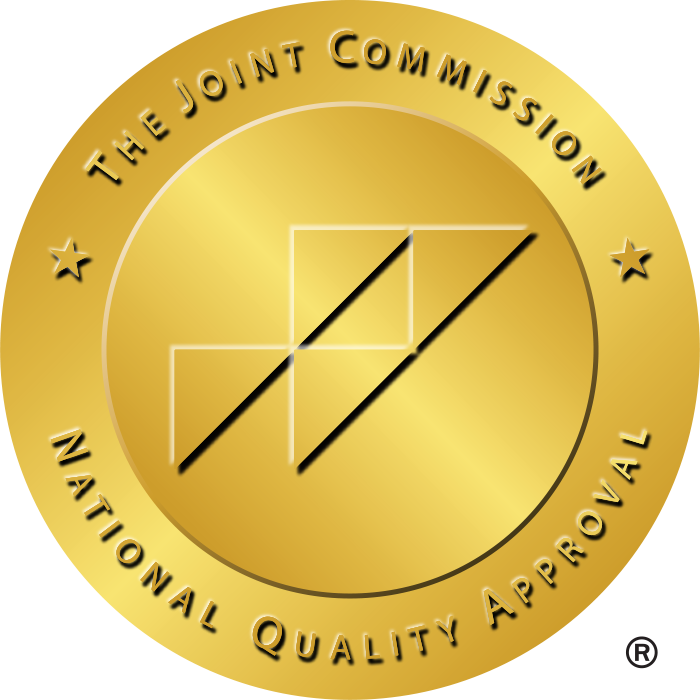Guide For Picking The Perfect Travel Nursing Contract in 2025
Since travel nursing has become so popular, we see a majority of medical students opting for this path. However, the greatest challenge for travel nurses is picking the perfect travel nursing contract.
While there are a lot of things to consider before signing your first travel nursing job contract, doing pre-research can save you from a lot of headaches. Learning about the contract terms, the place you are going to, and the nature of your work (specialty) can help you make a better decision.
In this blog, we will help you make a better decision about your upcoming travel nursing job opportunity. Let’s get started without any delay.
Understanding The Basics Of Travel Nursing Contracts
A travel nursing contract is an official agreement between a healthcare professional and an organization or a hospital where the nurse has to work at a healthcare facility for a set time. The duration of the contract is known as assignment length, with clearly defined start and end dates.
The assignment is either Per Diem (PRN) or a full travel assignment. The PRN is unstructured, and the nurse may have to work specific shifts as required by the hospital. Meanwhile, the full travel assignment is more like a full-time job for a set period of time, which may range from several weeks to over 6 months.
Travel nursing contracts also vary depending on the distance of the facility from the nurse’s geographic location. Local contracts are for assignments that are within commutable distance, while travel contracts are assignments for which the nurse has to relocate to a different geographic area.
Factors To Consider While Looking For Travel Nursing Jobs
Location
Don’t fall for high-paying nursing jobs. Always do your research about the region you are supposed to work in. Consider the culture, weather, and, most importantly, the cost of living in that area.
Travel nursing contracts in big cities like New York and San Francisco may pay higher, but the cost of living can offset that. If you get a local nursing contract, consider the distance from your residency.
If you are more of a travel person, you can enjoy your travel nursing career by taking contracts in areas you wished to visit in your childhood. Similarly, consider taking contracts in regions where your loved ones or family members reside.
Pay & Benefits
Your pay is more than just your base salary. Partnering with a healthcare staffing agency for nursing contracts can get you additional stipends and bonuses. Moreover, nursing jobs in areas that are facing staffing shortages often have a better base salary. Here are some of the benefits offered by staffing agencies.
- Travel stipends to cover the cost of getting to the place of assignment
- Housing stipends vary depending on the cost of living in the area
- Sign-on bonuses for newly signing nurses
- Completion bonus upon successful completion of the assignment
- Referral bonuses for directing other travel nurses to the agency
- Various insurances include life, health, dental, etc.
Job Role
Before you accept any travel nurse job opportunity, thoroughly read your job description to avoid any later frustrations. Understand what you are expected of and if that matches your expertise and qualifications.
Take assignments that align with your skillset to make your travel nursing experience more enjoyable. For example, if you are someone who has the ability and expertise to work in the high-pressure environment of urgent care, you should go for that, as such roles often have better pay.
Facility Type
Choose the right facility that supports your career as a travel nurse. While there are several types of healthcare facilities, each comes with its unique challenges. Here is an overview of the work type and structure of different healthcare facilities.
- Hospitals often have a high-stress environment with various departments and specialties
- Urgent care facilities have a fast-paced environment with patients requiring immediate attention
- Chronic care facilities have slow-paced environments with a focus on elderly and chronic patients
- Clinics and small practices are very structured, with regular working hours and less acute care
- Specialty practices have patients from one specific domain, allowing you to get experience in a specific field
Work Environment
Finding a positive and supportive work culture is as challenging as picking the perfect travel nursing contract. Basic research on the facility’s work culture can answer several crucial questions that can help you make a better decision.
Apart from doing your own research, you may also ask your interviewer questions when you are given the chance. Asking key questions like the patient-to-nurse ratio, the onboarding process for new nurses, and the expected workload and schedule can help you understand the work environment of the facility.
Extension Opportunities
Most travel nursing jobs offer 13-week assignments. However, some healthcare facilities have extension opportunities for nurses who want to stay longer. Look for facilities with extension opportunities, or confirm if your healthcare staffing agency will provide any support for the extension if needed.
While you should look for healthcare facilities with extension opportunities, you should remember the 1-year rule. As per IRS regulations, a travel nurse who spends more than 365 days in a single location loses their travel nurse status and becomes liable to pay taxes.
Personal Priorities
Everyone has some specific personal goals or priorities that they want to achieve with their travel nursing career. Whether it’s maximizing earnings, exploring your surroundings in a new area, getting the opportunity to create your own work schedule, professional goals, or family considerations, you must consider them when choosing a nursing contract.
Negotiating Terms
Always do your homework. Before going for a nursing job interview, do some research about the average pay for the job. Clearly set your expectations depending on your skill set, expertise, qualifications, and the nature of the role.
Apart from base salary, ask for additional incentives such as travel and housing stipends, insurance coverage, and specific bonuses that you may qualify for.
Conclusion – Choose The Right Healthcare Staffing Agency
Picking the perfect travel nursing contract is often challenging due to the numerous factors one must consider. However, partnering with a trusted healthcare staffing agency can save you a lot of effort and time.
Healthcare staffing agencies have vast nursing job opportunities where you can find a contract that best suits your experiences, preferences, and career goals. They provide competitive salary packages with additional benefits that will support your journey as a travel nurse.
Would you like a healthcare staffing agency to find the perfect travel nursing contract for you? Hit that “Apply now” button in the top right corner of your screen!
Frequently Asked Questions
Does my previous nursing experience impact my pay for the upcoming travel nursing jobs?
Yes, facilities pay more for travel nurses with previous nursing experience, especially in high-demand areas like operating rooms, urgent care, ICU, etc. Moreover, travel nurses with additional certifications also get a higher base salary from the healthcare staffing agencies.
How should I deal with the problems I face with my travel nursing contract?
Talk to your nurse manager or the facility administration about any problem that you face during your travel nursing assignment. If the issue persists, immediately contact your healthcare staffing agency for support.
What penalties may I face for leaving a healthcare staffing agency before the end of the contract?
The penalty for leaving the agency before the end of the contract must be clearly mentioned in your contract. Always read your contract thoroughly to avoid any later frustrations.
Check out these other great Staffdna articles

The pay transparency picture is settling into its new normal. Here’s what it means for employers
Against a backdrop of new legislation and the post-pandemic labor shortage, the rate of employers including salary information in their job listings has grown substantially in recent years.

Healthcare Employer Branding: Attract Top Talent Like a Pro
Strong branding is essential for any type of business. But in healthcare, it’s vital. The healthcare industry is facing a severe staffing shortage of professionals, including nurses, physicians, advanced practice providers, and allied health professionals.

Asian-owned businesses in North Texas
To qualify, businesses must be at least 51% Asian-owned and headquartered in one of these Texas counties: Collin, Dallas, Denton, Tarrant, and surrounding areas.

Understanding Healthcare Job Types: Staff vs. Per Diem vs. Travel
Choosing a career path in healthcare means more than just selecting a job; it involves a deeper understanding of the field.

Bankruptcy signals an end of ‘post-and-pray’ hiring era. Here’s what comes next.
CareerBuilder + Monster files for bankruptcy and will sell parts of business. Traditional job boards are being flooded with low-quality applications. Hiring is shifting toward targeted sourcing and internal mobility strategies.

Fresh graduates face a tougher job market under Trump tariffs
StaffDNA CEO Sheldon Aurora discusses how 2025 graduates face challenging employment environments as businesses adjust to Trump administration policies.






